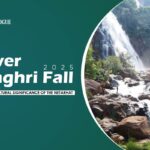Nestled in the heart of Jharkhand Betla National Park is one of India’s most underrated wildlife destinations. Located in palamau district the lush forest was among the first national parks in India to become a part of project tiger. Known for its rich biodiversity and ancient forts Betla offers a perfect mix of wildlife adventure, nature treats and cultural heritage. If you are planning a wildlife trip in 2025 Betla deserves a top spot on your list.
About Betla National Park
Betla National Park is a part of palmu tiger reserve spreading across the lesser chota Nagpur plateau in Jharkhand. The park was declared a National Park back in 1989 but its roots go back much earlier as it was one of the 1st 9 tiger reserves of India under the project tiger in 1974. The terrain is full of lush bamboo forests, rolling hills and streams making it ideal for wildlife safaris and ecotourism.
Wildlife in Betla National Park
Major Animals Found in Betla:
Bengal Tiger (rare but thrilling sightings!)
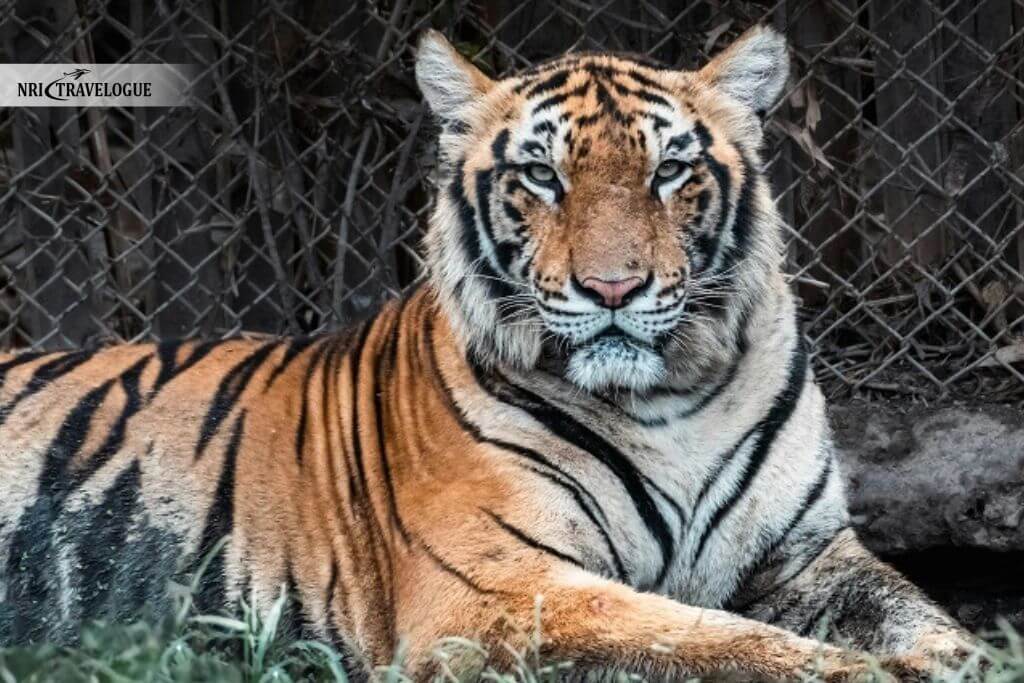
Indian Elephants
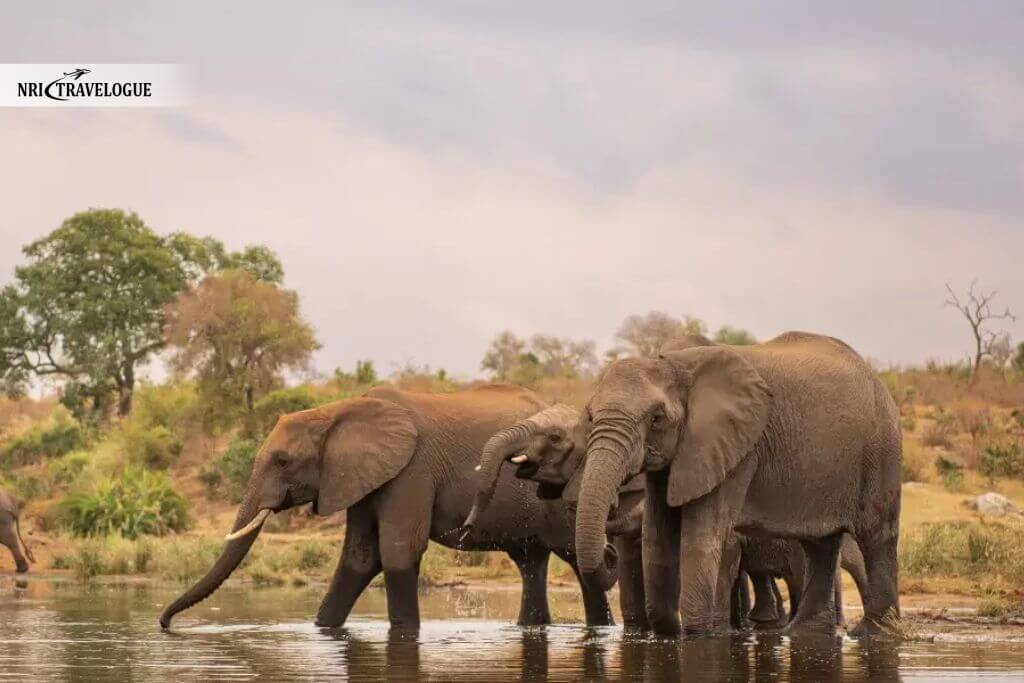
Leopards
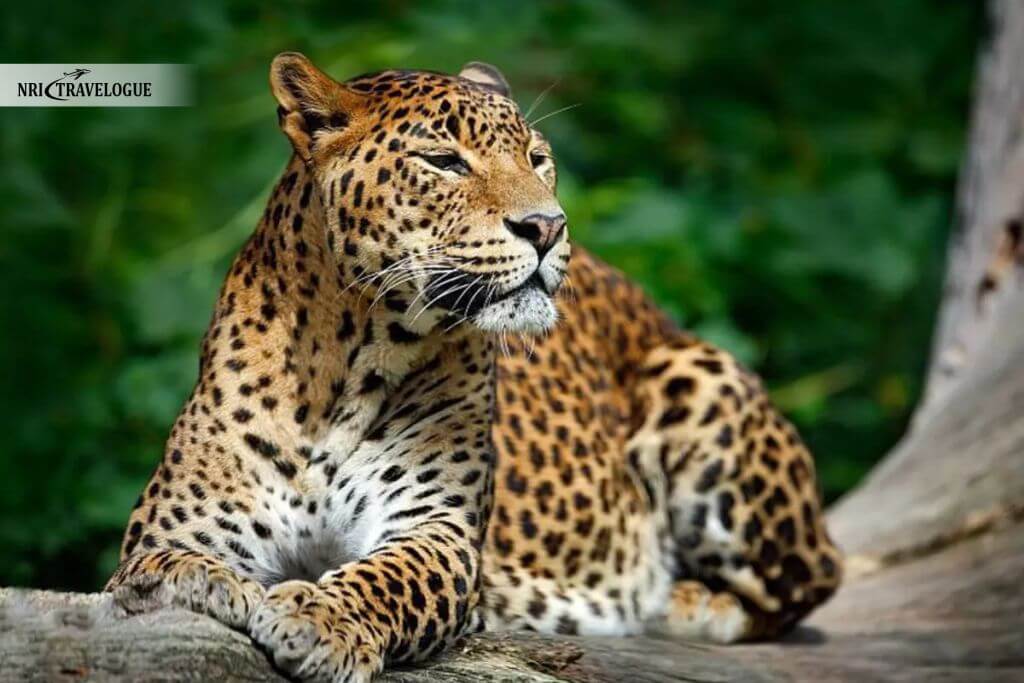
Sloth Bears
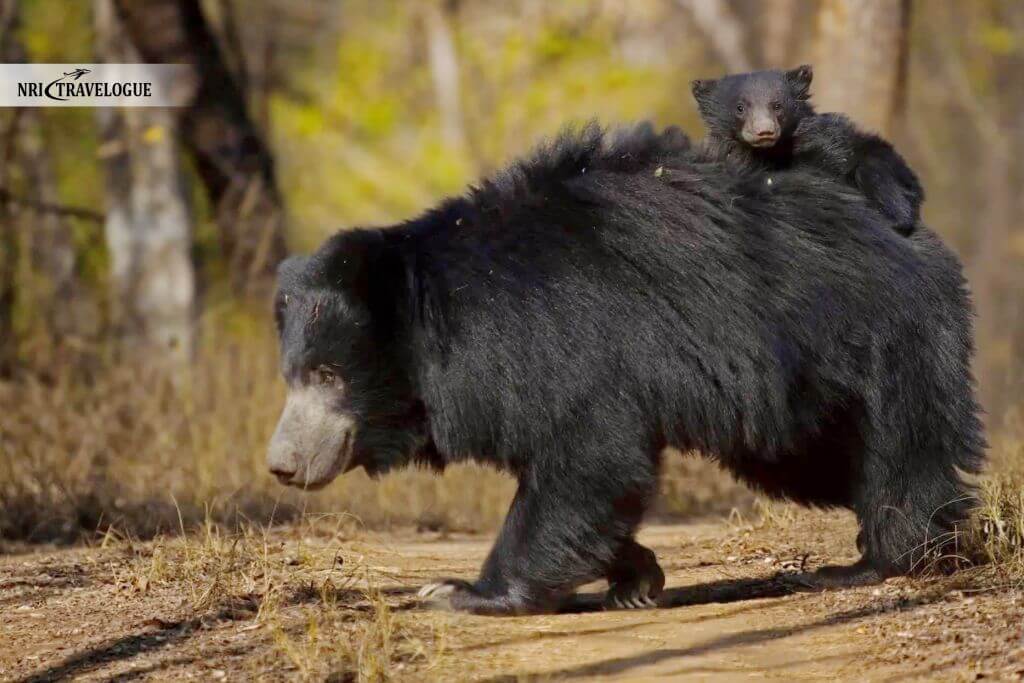
Bison (Gaur)
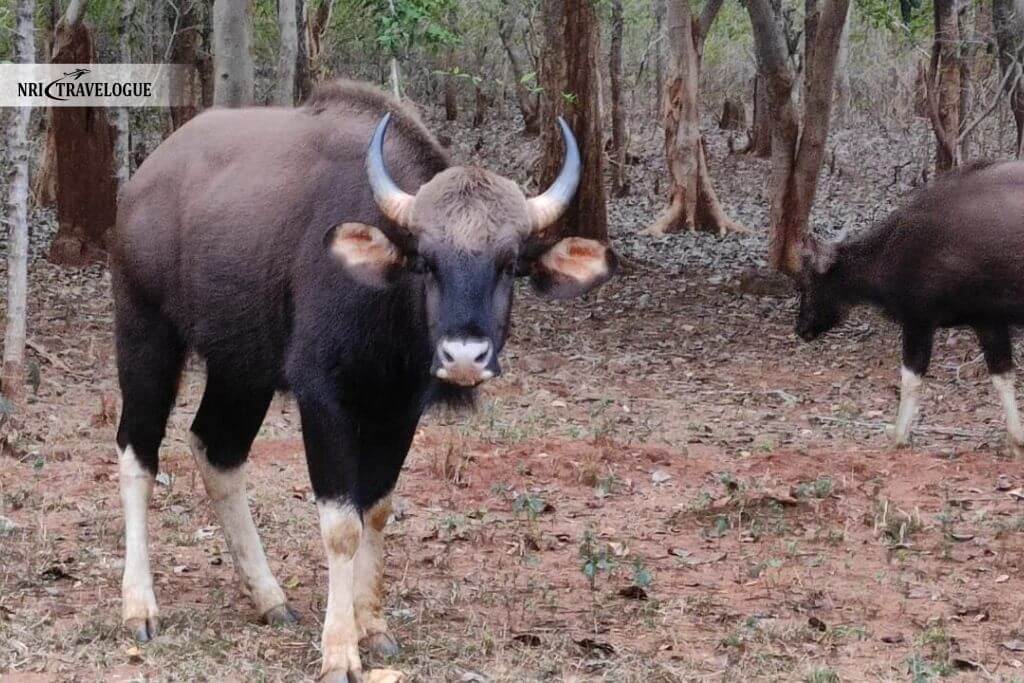
Sambar Deer
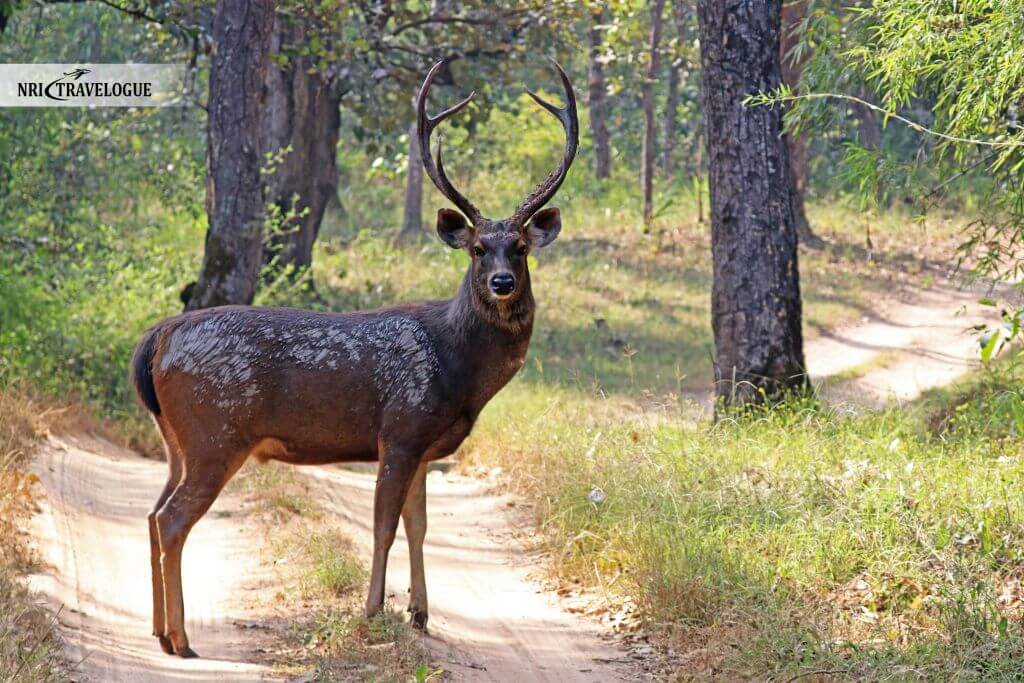
Chital (Spotted Deer)
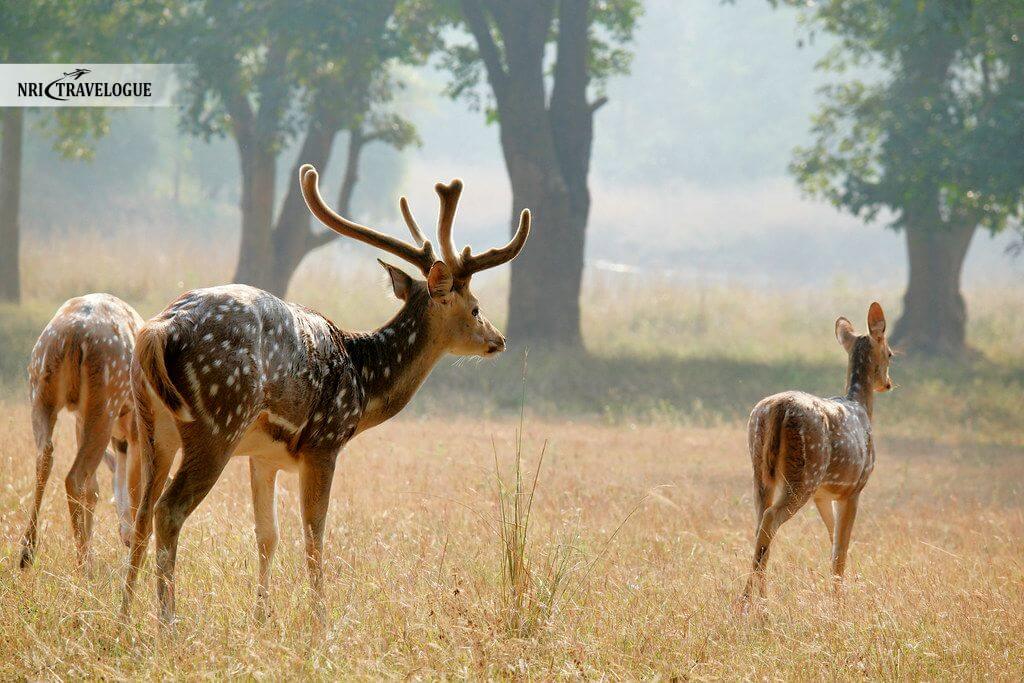
Nilgai (Blue Bull)
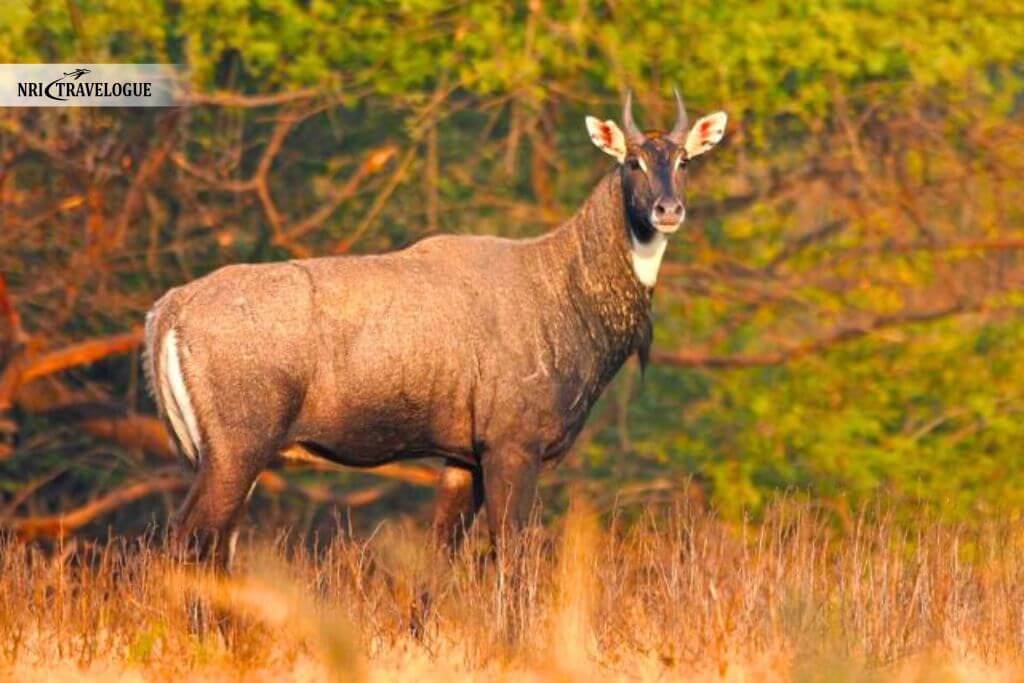
Wild Boars

Langurs and Rhesus Monkeys
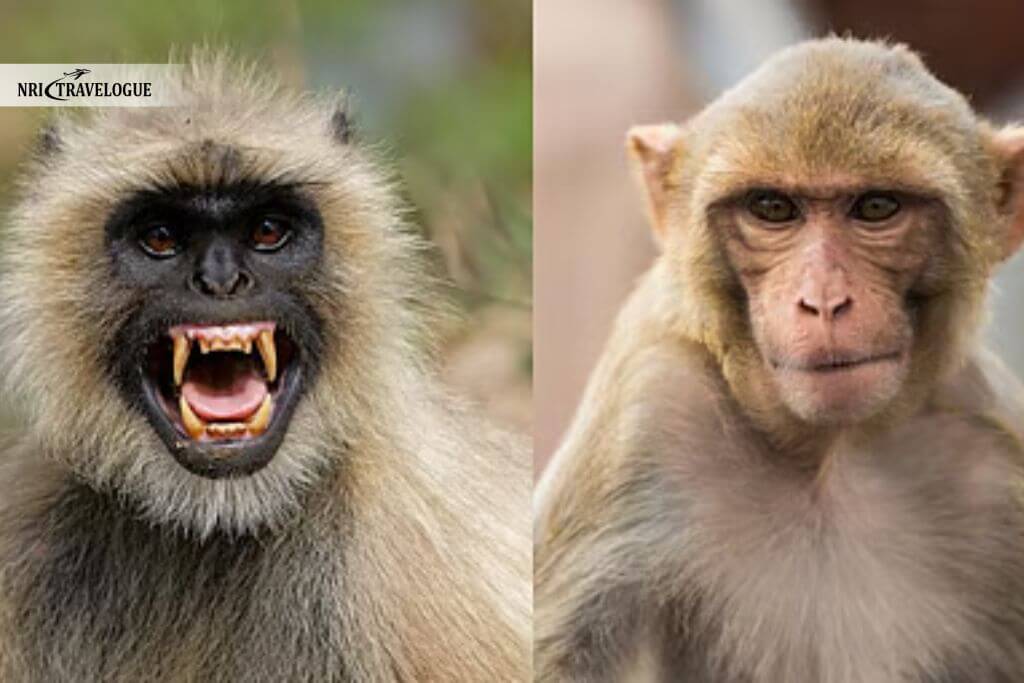
Birds and Reptiles:
- Peacocks, hornbills, parakeets, eagles, owls, and drongos.
- Reptiles like monitor lizards, pythons, and cobras are also found.
If you are a bird watcher or a nature photographer the variety of fauna and dense green backdrop make Betla a visual treat
Spotting the Bengal Tiger
Let’s be honest tiger sightings are not guaranteed in Betla but that’s what makes it exciting. The palmaro tiger region has a smaller tiger population as compared to parks like Corbett or Tadoba but recent efforts in conservation and habitat improvement have increased the chances of spotting the big cats. Even if you don’t spot a tiger, the thrill of tracking one in the dense forest is unforgettable.
Here are some tips to improve your chances of seeing the Bengal Tiger in 2025:
- Go early morning or late afternoon when tigers are most active.
- Choose multiple safaris (both morning and evening rides).
- Hire an experienced forest guide — they can read signs, sounds, and tracks.
- Stay near core zones (Betla, Chhipadohar, and Mahuadanr).
- Avoid loud noises and strong perfumes during safaris.
Safari Experiences in Betla National Park
Safari rides in Betla are well organised by the Jharkhand forest department, and they follow eco-friendly practices. You can choose between Jeep safari, elephant rides and guided nature walks. Jeep safari is the most popular choice. You can explore the deep forest zones and water bodies. The duration is around 2.5 to 3 hours, and it’s available morning and evening.
Elephant safari is a more traditional experience. You can take an elephant ride, and it’s great for viewing herbivores and birds at close range. You can choose guided tracks around forest peripheries and waterfalls.
Safari Zones:
- Betla Range
- Chhipadohar Range
- Mahuadanr Range
Things to See Beyond Wildlife
Betla National Park is not just about animals, it’s a blend of nature and history.
1. Palmau Forts
2 ancient forts inside the park’s old Palmau fort and new Palmau fort date back to the 17th century. The Mughal era structures are surrounded by thick forests, and give you a sense of adventure and mystery
2. Waterfalls and Streams
- Mirchaiya Falls
- Lodh Falls (one of the tallest in Jharkhand)
- Suga Bandh Falls
3. Watchtowers and Viewpoints
There are multiple watchtowers that truly offer panoramic views of the forest and animals at watering holes, perfect for sunset lovers.
Stays and Accommodation
You can truly find everything from budget lodges to comfortable eco resorts near the park. You must book your stay at least a week in advance especially during the peak season.
Local Food and Dining
Food options inside the park are simple but satisfying. Most lodges offer homestyle Indian meals with local flavors. You can try local dishes like handia and chilka roti if you want to taste something authentic.
Best Time to Visit Betla
For the best balance of pleasant weather and active wildlife you must visit anywhere between November to April.
| Season | Months | Weather & Experience |
| Winter | November – February | Cool and pleasant; best for safaris and sightseeing. |
| Summer | March – June | Hot but better for animal sightings near water sources. |
| Monsoon | July – September | The park is lush but many areas remain closed. |
Why is Betla Perfect for 2025?
With over tourism impacting many popular parks Betla remains a peaceful uncoded destination where you can truly connect with nature. In 2025 Betla National Park is gaining more attention thanks to improved infrastructure, better wildlife monitoring and eco tourism efforts. It’s the best time to experience the wild charm before it becomes mainstream.
It’s a great choice for:
- Families looking for safe, educational trips.
- Nature photographers chasing raw jungle beauty.
- Couples seeking an offbeat, serene getaway.
- Adventure seekers who prefer the road less travelled.
So Belta might not be India’s famous tiger reserve but that’s exactly what makes it special. Here you can enjoy quiet safaris and lush forests without the tourist rush. Whether you are chasing the Bengal tiger exploring waterfalls or just soaking in the sounds of the jungle Belta promises an amazing escape. In 2025 when travel is all about meaningful experiences and responsible tourism Belta stands out as a hidden gem waiting to be explored. So pack your binoculars charge your camera and get ready to discover the wild heart of Jharkhand one safari at a time
You can book safaris through Jharkhand forest department’s official website or directly at the park’s entry gate.
Belta National Park is famous for its tigers, elephants and landscapes. It is also known for being one of the first tiger reserves of India.
Private vehicles are not allowed for safari. You must use forest department jeeps or authorized vehicles.




